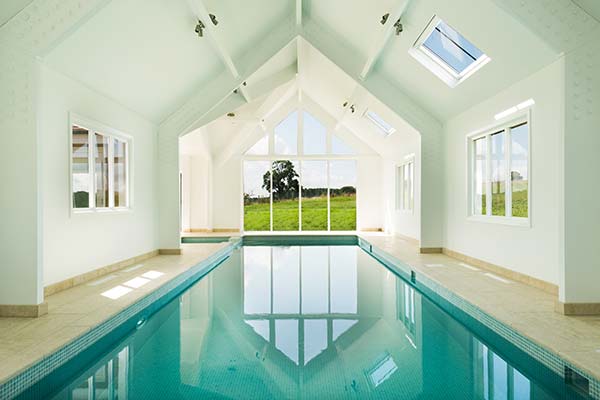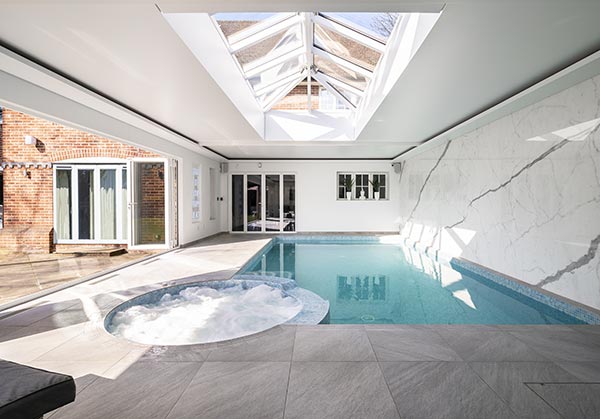High Humidity In Indoor Pools -
Understanding The Risks And Finding Solutions
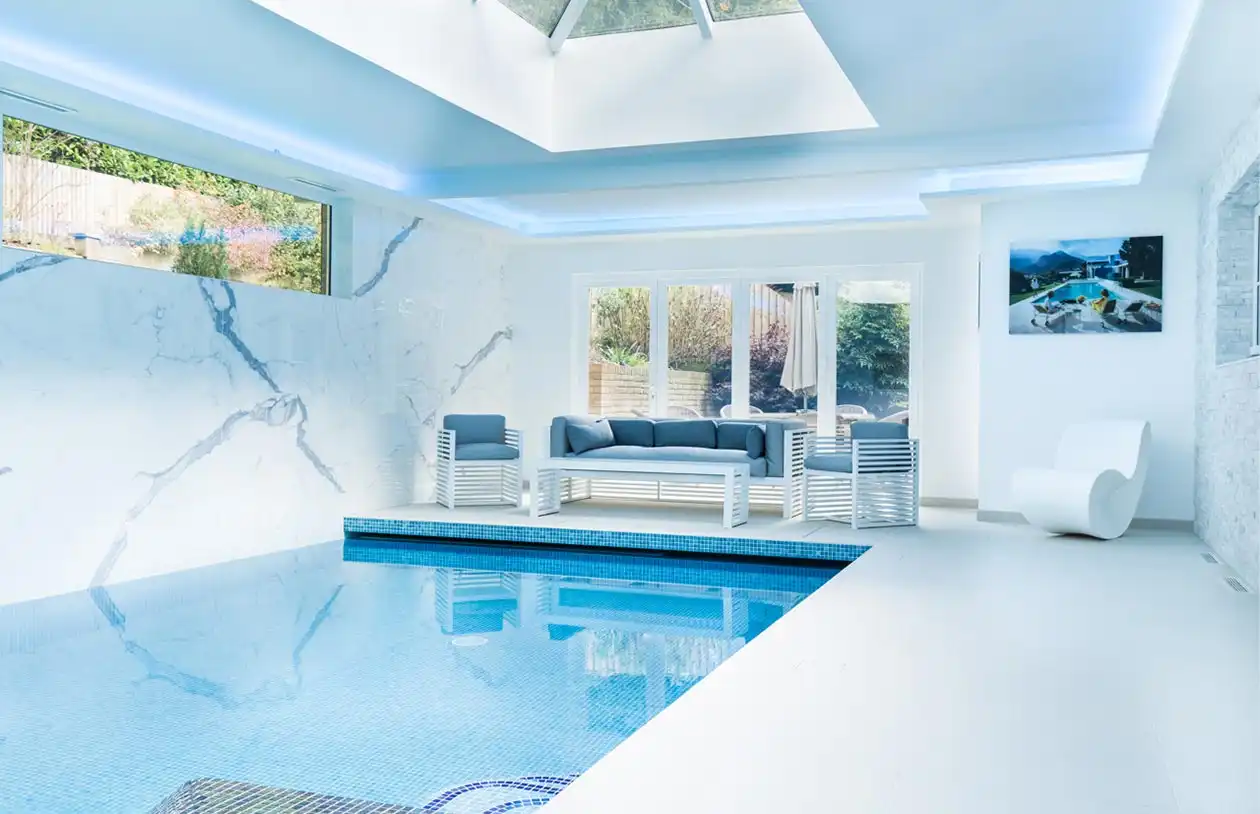
Drawing from our expertise in the indoor pool industry, we have witnessed the profound influence of humidity on both human health and the structural integrity of buildings. We want to shed light on the consequences of elevated humidity levels within poorly designed pool houses and provide invaluable insights on how to proactively avoid these issues.
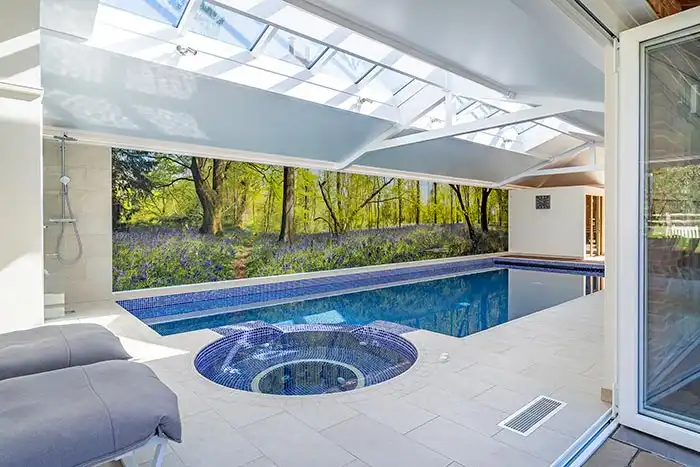
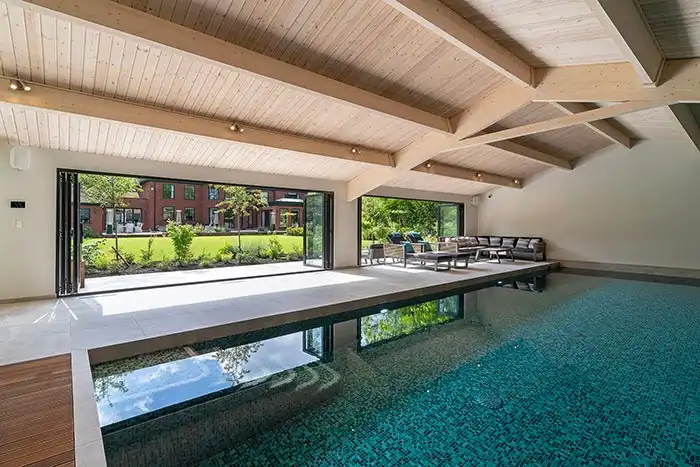
The Health Impacts of High Humidity
High humidity isn't just a matter of discomfort; it can also be a health hazard. It creates an ideal breeding ground for mould and mildew, both triggers for a spectrum of allergic reactions. From sneezes and irritated eyes to skin rashes and even asthma attacks, the ramifications can be severe. The importance of maintaining an optimal humidity balance within your pool house cannot be emphasised enough as it directly impacts not only the longevity of the structure but also the well-being of its users.
Building Integrity at Risk
Beyond the realm of health, high humidity can wreak havoc on the structure of your pool house. Issues range from the gradual deterioration of internal finishes to more severe problems like destructive condensation within the building structure. In extreme cases, it can even lead to the collapse of your pool house roof. These are not merely inconveniences; they are serious safety hazards that underscore the necessity of proper humidity control and management.
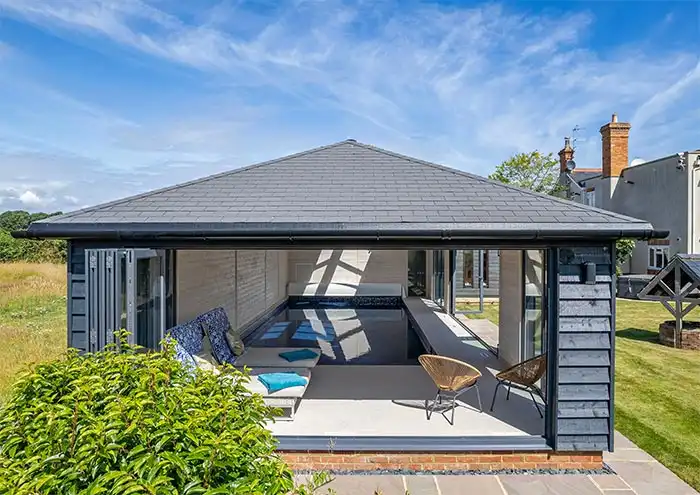
Now you know the risks, these are the steps you can take to avoid this issue from the start:
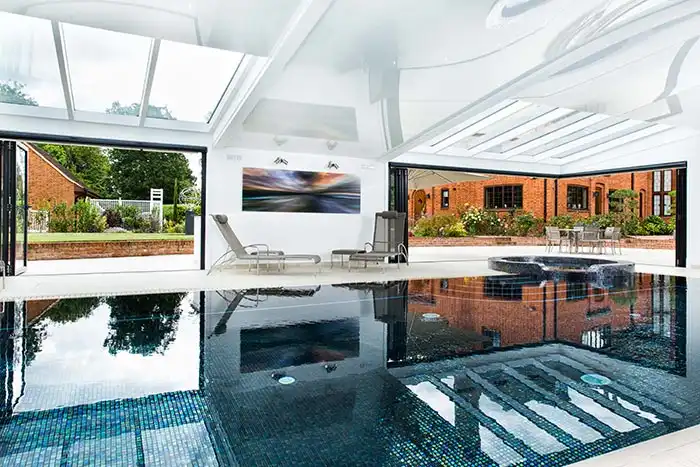
Building Design: The architectural blueprint of your pool house holds the key. Your chosen architect, builder or pool company should possess an innate understanding of how a structure responds to the demands of high humidity conditions.
Construction Methods: Structures built with timber frames generally prove more resilient in pool environments compared to steel structures or masonry cavity walls, which can inadvertently exacerbate humidity issues.
Roof Design: A warm deck roof is essential. Be wary of a cold deck roof, as this can be a red flag in terms of humidity management.
Cold Bridging: Within an indoor pool, this aspect takes centre stage. It could involve reinforcing insulation around lintels, posts, or robust structural elements to counter heat loss and condensation.
Dehumidification and Air Circulation: A bespoke design for dehumidification, complemented by efficient air circulation and distribution, is paramount in achieving precise humidity level control.
Material Selection for Internal Finishes: The right choice of materials can significantly impact your pool house's resilience to humidity. A reputable and knowledgeable company, like Origin, will expertly guide you through the do's and don'ts, ensuring the long-term safety and longevity of your pool house.
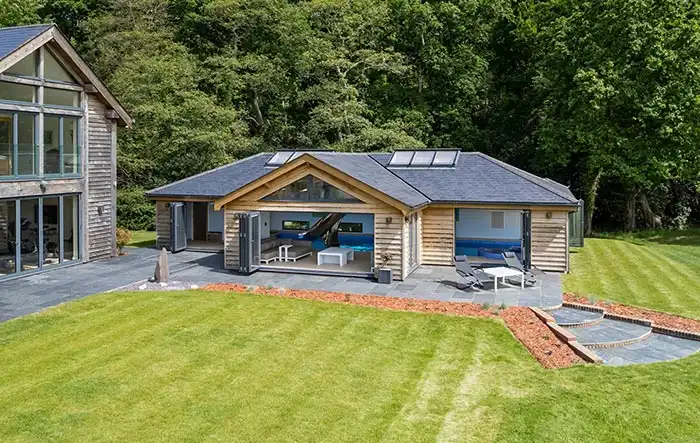
Despite the potential hazards, managing humidity in an indoor pool is fully accomplishable. Remember, it’s not just about comfort but health, safety, and preserving your investment. By fully grasping these inherent risks and taking proactive design and construction measures, you can rest assured that your indoor pool will continue to serve as a safe, enjoyable and healthy space for many years to come.



